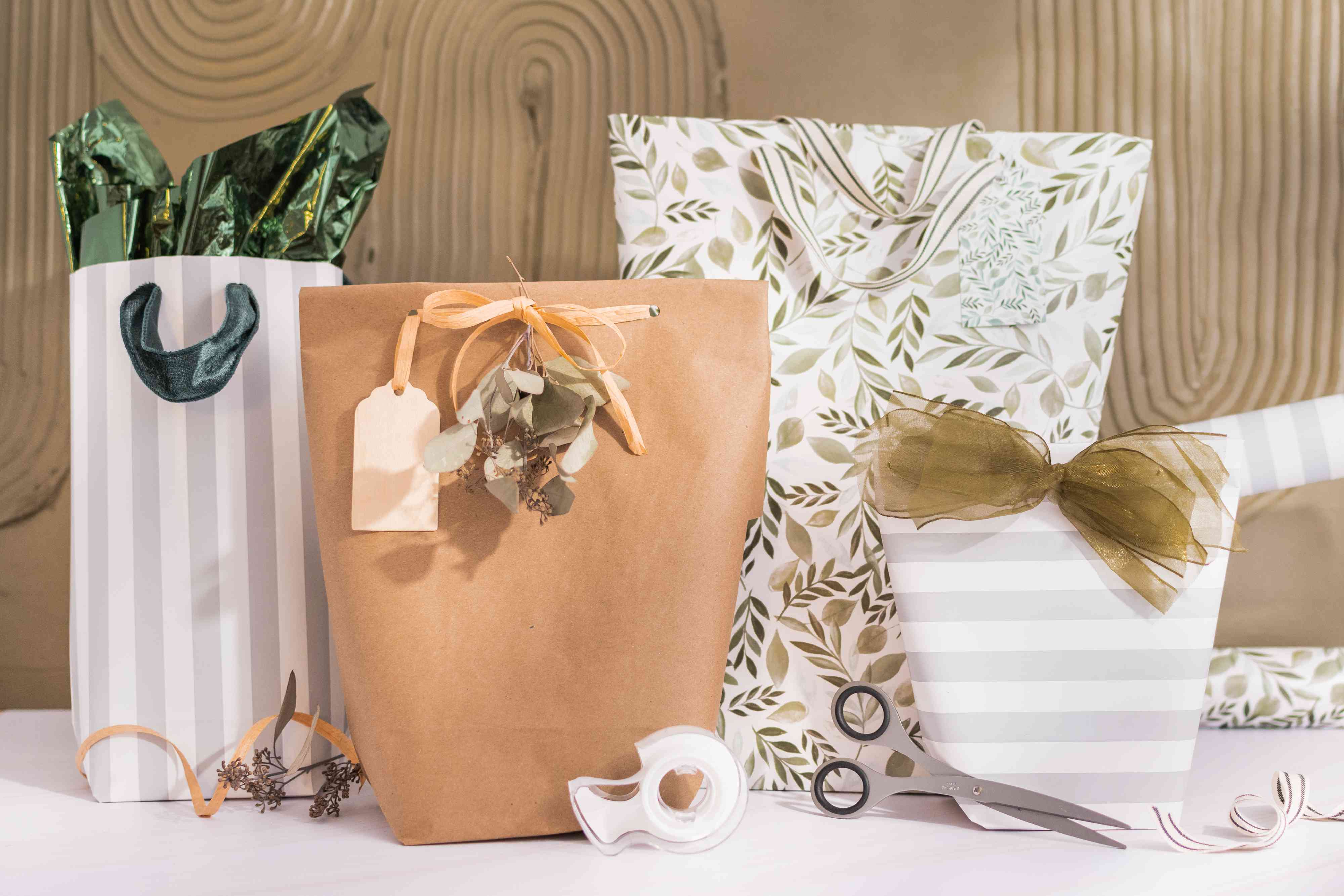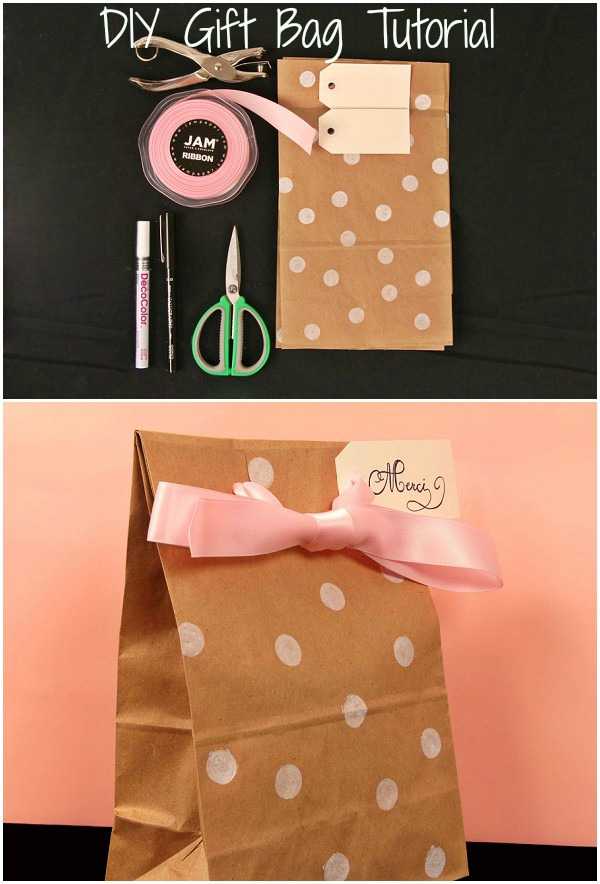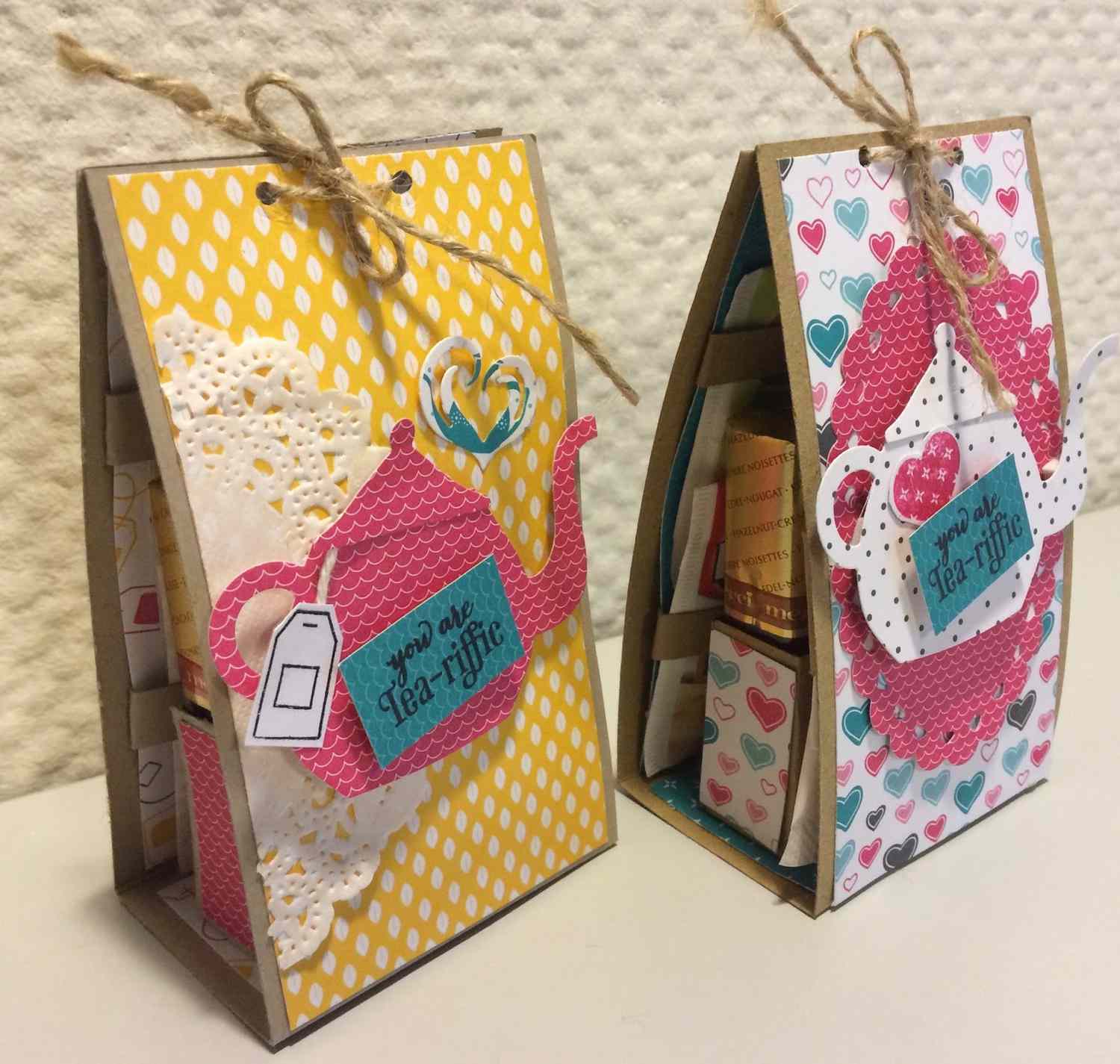Starting a gift bag business involves defining a niche, creating a business plan, sourcing unique products, handling legalities, and marketing your brand.

Table of Contents
- What Is a Gift Bag Business and Why Is It a Viable Venture?
- Step 1: Defining Your Niche in the Gifting Market
- Step 2: Crafting a Solid Business Plan
- Step 3: Navigating the Legal Requirements
- Step 4: Sourcing Exceptional Products and Packaging
- Step 5: Building Your Brand and Online Presence
- Step 6: Mastering Assembly, Operations, and Shipping
- Step 7: Marketing Your Gift Bag Business for Growth

How To Start A Gift Bag Business: Your Complete Blueprint
The art of gifting is timeless, and a thoughtfully curated gift bag can create a lasting impression. Launching a business in this creative industry offers a chance to turn a passion for curation into a profitable enterprise. Success depends on a combination of creative flair, strategic planning, and operational excellence. From identifying a unique market niche to mastering the logistics of delivery, each step is crucial in building a brand that customers trust and adore. This process will walk you through the essential stages of establishing your own successful gift bag company.

What Is a Gift Bag Business and Why Is It a Viable Venture?
A gift bag business, also known as a curated gift box or gift basket service, involves sourcing, assembling, and selling collections of items packaged together for specific occasions or recipients. These collections are designed to be more thoughtful and cohesive than a random assortment of gifts. The business model can range from e-commerce stores that ship nationwide to local services that cater to events and corporate clients. The appeal for customers lies in the convenience and expertise; they are paying for a beautifully presented, perfectly themed gift without the hassle of shopping for individual items themselves.
The market for specialized gifting is robust and growing. Consumers and corporations are increasingly seeking unique, personalized, and high-quality gift solutions that stand out. This demand creates significant opportunities for entrepreneurs who can offer creativity, quality, and excellent service. With relatively low startup costs compared to many other retail businesses and the flexibility to operate from home, a gift bag business is an attractive option for aspiring business owners. It allows for high levels of creativity and the personal satisfaction of bringing joy to others through your curated creations.
Step 1: Defining Your Niche in the Gifting Market
Before you buy a single product, you must decide who you are selling to. A specialized approach is far more effective than trying to cater to everyone. Defining a niche helps you focus your product sourcing, branding, and marketing efforts, making your business more memorable and appealing to a specific group of buyers. A clear niche establishes you as an expert in a particular type of gifting, building trust and attracting loyal customers who seek exactly what you offer.
Who Are You Gifting To? Identifying Your Target Audience
Your target audience dictates every decision you make, from the products you select to your pricing strategy. Who do you envision buying your gift bags? Are they individuals looking for personal gifts, or are you targeting businesses? Consider demographics like age, gender, interests, and income level. For example, you could focus on new mothers, wellness enthusiasts, foodies, or pet lovers. Alternatively, you might target corporate clients, such as real estate agents who need closing gifts, or companies looking for employee appreciation packages. The more specific you are, the easier it becomes to create compelling gift collections they will love.
What Kinds of Gift Bags Will You Offer?
Once you know your audience, you can brainstorm the types of gift bags to create. Your theme should resonate with your target market’s needs and desires. Popular niches include:
- Occasion-Based: Birthdays, weddings, anniversaries, new baby, housewarming.
- Corporate Gifting: Employee onboarding, client appreciation, holiday gifts, virtual event packages.
- Hobby & Interest: The coffee lover, the home chef, the gardener, the bookworm.
- Wellness & Self-Care: Spa days at home, relaxation kits, new parent survival packs.
- Gourmet Food & Drink: Local artisan foods, wine and cheese pairings, cocktail kits.
Specializing in a category like *luxury corporate gifting* allows you to focus on premium, high-value items that leave a powerful impression. Think about what makes your offering unique. Perhaps you focus exclusively on locally sourced products or ethically made goods. This unique selling proposition (USP) will be a cornerstone of your brand.
Step 2: Crafting a Solid Business Plan
A comprehensive business plan is your roadmap. It formalizes your ideas and provides a clear path forward, helping you anticipate challenges and secure funding if needed. This document should detail your company’s mission, market position, operational plans, and financial goals. It is an essential tool for keeping your business on track as you launch and grow.
Market Analysis and Competitive Research
Begin by analyzing the current market. Who are your main competitors? What do they offer, and what are their price points? Identify what they do well and where there are gaps in the market. Can you offer better quality, more unique items, a more personalized service, or a more compelling brand story? Understanding the competitive landscape helps you position your business effectively and carve out your own space. Look at both local competitors and national e-commerce brands to get a full picture of the industry.
Financial Projections: Startup Costs and Pricing Strategy
A detailed financial plan is critical. You need to calculate your startup costs, which include inventory, packaging, website development, legal fees, and marketing expenses. Then, create a pricing strategy that covers your costs and generates a healthy profit margin. Your pricing should reflect the quality of your products, the effort of your curation, and your brand’s perceived value. Remember to account for both the cost of goods sold (COGS) and your operational expenses. A clear financial forecast will help you manage cash flow and make informed business decisions.
| Expense Category | Estimated Cost Range | Notes |
|---|---|---|
| Initial Inventory & Packaging | $500 – $3,000+ | Varies based on the number and quality of initial gift bag designs. |
| Business Registration & Licenses | $100 – $500 | Depends on your business structure and local regulations. |
| Website & E-commerce Platform | $300 – $2,000 | Includes platform fees, theme, and potential developer costs. |
| Branding & Marketing Materials | $200 – $1,500 | Logo design, business cards, initial marketing campaigns. |
Step 3: Navigating the Legal Requirements
Establishing your business legally is a non-negotiable step that protects you and legitimizes your operation. Failing to comply with legal requirements can lead to fines and other complications down the road. It is important to handle these formalities correctly from the outset to build a secure foundation for your company.
Choosing a Business Structure
You will need to choose a legal structure for your company. Common options for small businesses include:
- Sole Proprietorship: The simplest structure, where you and the business are one legal entity. It is easy to set up but offers no personal liability protection.
- Limited Liability Company (LLC): A popular choice that separates your personal assets from your business debts, offering liability protection. It is more formal to set up than a sole proprietorship.
- Partnership: If you are starting the business with someone else, you might form a partnership.
Consulting with a legal or financial advisor can help you choose the best structure for your specific situation.
Securing Licenses and Permits
The licenses and permits you need will depend on your location and what you sell. You will likely need a general business license to operate in your city or county. If you plan to sell food or alcohol, you will need special permits, such as a food handler’s license or a liquor license. Be sure to register your business name and obtain a federal tax ID number (EIN) if you plan to hire employees or operate as an LLC.
Step 4: Sourcing Exceptional Products and Packaging
The heart of your business is the products you choose. Your ability to find unique, high-quality items is what will set your gift bags apart from the competition. This is where your creativity and attention to detail will truly shine. Equally important is the packaging, as the unboxing experience is a huge part of the gift’s appeal.
Where to Find Unique Items for Your Gift Bags
Look for suppliers that align with your brand and niche. Great sources for products include:
- Wholesale Marketplaces: Websites like Faire and Tundra connect you with thousands of artisan makers and small brands.
- Local Artisans and Farmers’ Markets: Partnering with local creators adds a unique story to your gift bags and supports your community.
- Trade Shows: Industry events are excellent for discovering new products and meeting suppliers in person.
- Etsy: Many Etsy sellers offer their products at wholesale prices to other businesses.
To truly distinguish your gift bags, particularly in corporate or luxury markets, think about a “hero” item. A handcrafted leather piece, for instance, adds sophistication and lasting value. Sourcing small, elegant products like a high-quality leather keychain or a minimalist card holder from artisans who prioritize craftsmanship—much like the ethos at Beld Tura Leather—can significantly elevate the perceived value of your entire gift collection.
The Importance of High-Quality Presentation
Presentation is everything. Your packaging should be sturdy, attractive, and consistent with your brand identity. Invest in quality boxes, bags, tissue paper, crinkle fill, and ribbon. A custom-branded sticker or a personalized note can add a special touch that enhances the customer experience. The unboxing should feel like an event in itself, creating a memorable moment for the recipient and reflecting the care you put into each collection.
Step 5: Building Your Brand and Online Presence
A strong brand helps customers connect with your business on an emotional level. It is more than just a logo; it is the entire experience you offer. Your online presence is your primary storefront, where you will attract customers, showcase your products, and process sales. It needs to be professional, user-friendly, and reflective of your brand’s personality.
Creating a Memorable Brand Identity
Your brand identity includes your business name, logo, color palette, and brand voice. Choose a name that is memorable and relevant to your niche. Design a professional logo that looks good on your website, social media, and printed materials. Your brand’s voice should be consistent across all communications, whether it’s friendly and playful, or sophisticated and elegant. This consistency builds brand recognition and trust.
Setting Up Your E-commerce Storefront
An e-commerce website is essential for reaching a broad audience. Platforms like Shopify, Squarespace, or WooCommerce make it relatively easy to build a beautiful, functional online store. Your website should feature high-quality photographs of your gift bags from multiple angles. Write compelling product descriptions that detail the items inside and tell the story behind the collection. Ensure your website is easy to navigate and has a simple, secure checkout process.
Step 6: Mastering Assembly, Operations, and Shipping
Once the orders start coming in, you need an efficient system for putting them together and getting them to your customers. Smooth operations are key to customer satisfaction and a healthy profit margin. This behind-the-scenes work is just as important as your marketing and product curation.
Efficient Assembly and Inventory Management
Set up a dedicated workspace for assembling your gift bags. Keep your inventory organized so you can quickly find the items you need. A good inventory management system—even a simple spreadsheet to start—will help you track stock levels and know when to reorder products. Assembling bags in batches can be more efficient than making them one by one as orders arrive. This streamlined process will save you time and reduce errors.
Packaging for Shipment and Delivery Options
If you are shipping your gift bags, you need to ensure they arrive in perfect condition. Use sturdy shipping boxes and enough padding to protect the contents. Research different shipping carriers to find the most reliable and cost-effective options. Offering different shipping speeds can be a great perk for customers. If you are a local business, you might also offer local delivery or pickup to provide a more personal service and save on shipping costs.
Step 7: Marketing Your Gift Bag Business for Growth
You can have the most beautiful gift bags in the world, but if no one knows about them, you will not make any sales. A strategic marketing plan is essential for attracting customers and growing your business. Focus your efforts where your target audience spends their time.
Leveraging Social Media and Content Marketing
Visual platforms like Instagram and Pinterest are perfect for showcasing your gift bags. Post high-quality photos and videos of your products, the unboxing experience, and behind-the-scenes content. Use relevant hashtags to reach a wider audience. Content marketing, such as writing blog posts about gift ideas or creating gift-giving etiquette tips, can attract potential customers to your website and establish you as an expert in the field.
Building Corporate and Client Relationships
For corporate gifting, networking is key. Reach out to local businesses, real estate agents, and event planners who may need bulk or recurring gift services. Attend local business events and join professional organizations to make connections. Building strong relationships can lead to repeat business and valuable referrals. Excellent customer service is your most powerful marketing tool; happy clients are often your best advocates.



